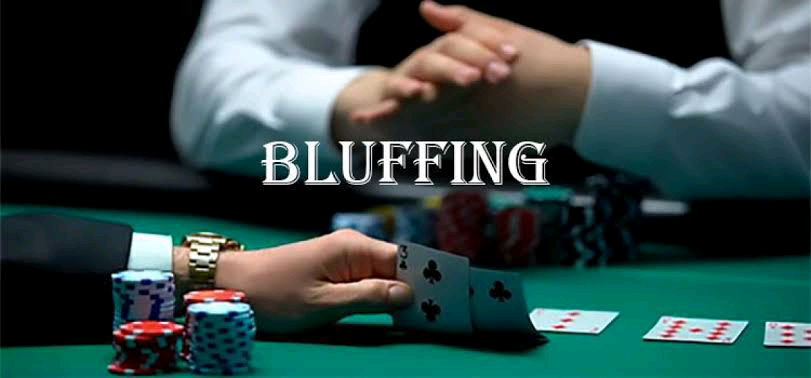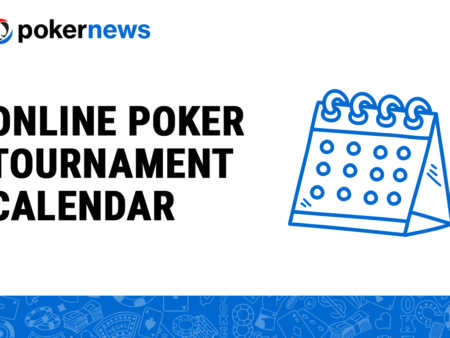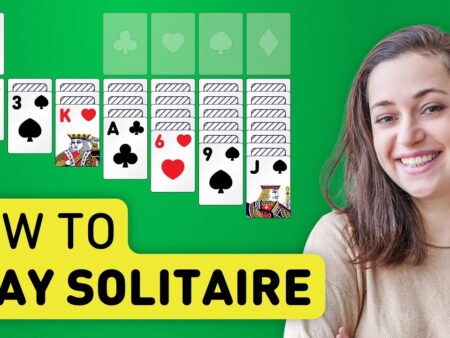
Bluffing in poker is an art form, a tactic that can be as satisfying as it is effective. Whether you’re playing in a live game or online, mastering the bluff can catapult your poker game from average to formidable. In this guide, you’ll unlock the secrets to successful bluffing, giving you the edge to outwit your opponents and rake in the chips. So, get ready to bluff with confidence and turn the tables in your favour.
Understanding the Basics of a Bluff
To begin your journey into the world of bluffing, let’s break down what a bluff entails:
Pure Bluff: This is when you have no chance of winning the hand unless your opponent folds. It’s a high-risk, high-reward move.
Semi-Bluff: Here, you might still improve to the best hand on later streets. It’s a safer bluff, as you’re not entirely reliant on your opponent folding.
Continuation Bet: After leading the betting pre-flop, you continue to show strength by betting on the flop, even if it hasn’t helped your hand.
Bluffing isn’t about lying; it’s about storytelling. Every move you make builds a narrative that can convince your opponents of the strength of your hand, even when the cards tell a different story.
Why Bluffing is Essential for Online Poker Success
You might wonder if bluffing is truly necessary. The answer is a resounding yes. Here’s why:
Unpredictability: If you only bet with good hands, you become predictable. Unpredictable players are harder to read and thus, more challenging to play against.
Balance: To keep your opponents on their toes, mix up your play style. Bluffing helps to balance your range of possible hands, keeping other players guessing.
Profit: Successfully bluffing can lead to winning pots you otherwise wouldn’t. It adds a layer to the game that can significantly boost your profitability.
These pointers form the bedrock of your bluffing strategy. Now, let’s explore how you can use this to your advantage.
Developing Your Bluffing Strategy
As you start developing your bluffing skills, pay attention to these critical factors:
Table Image: How do your opponents perceive you? Adapt your bluffing strategy based on whether they see you as tight or loose.
Position: Bluffing from a later position can be more advantageous as you have more information from your opponents’ actions.
Opponents: Observe their play style. Are they tight? Aggressive? Adjust your bluffing strategy accordingly.
Chip Stack: A large stack can be intimidating and a great tool for bluffing. Use it to apply pressure, but be mindful of your opponents’ stacks as well.
Remember, bluffing is more than just throwing in a big bet and hoping for the best. It’s about picking the right moment, understanding your opponents, and presenting a convincing story. Like any poker skill, it requires practice, patience, and a touch of audacity.
The Psychology Behind a Successful Bluff
Bluffing isn’t just about the cards in your hand; it’s a complex psychological dance. To bluff effectively, you must delve into the intricate world of poker psychology, understand your opponents, and take advantage of the inherent human nature that unfolds at the poker table. With optimism and the right approach, even the toughest opponents can be outwitted. Let’s explore this fascinating aspect of poker.
Interpreting Virtual Behavioral Patterns
Study Betting Habits: Pay close attention to how your opponents bet. Over time, patterns emerge. Does a player always up the ante when they’re bluffing, or do they act more timidly? By decoding these habits, you position yourself to make more informed decisions.
Observe Timing: The speed of your opponents’ actions can signal confidence or hesitation. Quick bets might mean a strong hand or a practiced bluff. Take a mental note of these cues and compare them to past hands to build a more accurate picture.
Note Chat Box Behavior: In online play, the chat box can be telling. Sudden changes in chat frequency or tone can indicate a shift in confidence. Use this information to adapt your strategy and decide whether to bluff or fold.
Manipulating Opponent Perceptions
Project Confidence: Even when you’re not face-to-face, asserting confidence can pressure opponents. Make your betting pattern unpredictable to keep other players guessing, which may cause them to fold under the uncertainty.
Craft Your Image: Your table image is essential. If you’ve been caught bluffing, use this to your advantage, as opponents might now think you bluff often. Alternatively, if you’ve played tight, a well-timed bluff could be more believable.
Use Aggression Wisely: Selective aggression can set the stage for successful bluffs. If you’ve been playing aggressively, a sudden check may seem suspicious and discourage others from challenging you.
Leverage Position: Your position at the table heavily influences the success of your bluff. The late position gives you the advantage of seeing others act first. If the action before you is weak, it’s a prime opportunity to bluff.
Bluffing Strategies for the Digital Felt
Understanding and mastering the art of bluffing can dramatically transform your online poker gameplay. Navigating the digital realm of poker requires more than just a solid hand; it’s also about creating a winning illusion that can lead your opponents to make mistakes. Read on, and learn how to execute bluffs that will have your adversaries questioning every move.
Timing Your Bluffs Effectively
When you sit down at the virtual poker table, think of each hand as a new chapter in a dynamic story where timing is paramount. Here’s how you can improve the timing of your bluffs:
Assess the Betting Rounds: The stage of the game greatly affects the potency of your bluff. Early rounds come with limited information, making bluffs riskier. Save your deceptive tactics for later rounds when you can make more educated guesses about your opponents’ holdings.
Seize Opportune Moments: Capitalize on situations that favour a bluff, such as when the community cards scare your opponents or if they’re exhibiting tentative behavior that suggests weakness.
Avoid Predictability: Mixing up your bluffing patterns is critical. If you bluff too frequently or follow a specific rhythm, vigilant players will eventually catch on.
Choosing the Right Hands to Bluff With
Not all hands are worth the risk of a bluff. The real trick lies in selecting hands that hold potential for improvement, also known as “semi-bluffs,” or those that can represent a strong range convincingly. Consider the following:
Utilize Semi-Bluffs: Choose hands that might not be the best at the moment but have the potential to develop into strong contenders. Drawing hands with flush or straight possibilities are prime candidates.
Represent Realistic Ranges: Bluff in a way that’s consistent with the hand ranges you would realistically play in a given situation.
Weigh Your Equity: Always consider your hand’s equity when deciding to bluff. Even when you’re not holding much, if there’s a good chance of scaring off opponents and snatching the pot, it might be worth the gamble.
In the digital world of poker, infusing your gameplay with strategic bluffs can elevate your presence and make you a formidable adversary. Keep these tactics in mind and approach each session with optimism. As you practice and gain experience, your ability to bluff successfully will steadily improve. With each hand, remember that confidence is key. Project it, and the digital felt could soon bend to your will.

Ruth Owen knows poker isn’t just about luck. She breaks down the psychology of the game, teaches calculated risk-taking, and empowers players – especially women – to find their edge.
More about Ruth Owen
Age: 38
Experience: Experienced poker player turned strategy coach, 10+ years at the tables
Background: Degree in mathematics, applied her skills to card game mastery
Hobbies: Yoga enthusiast, enjoys exploring new cuisines
Residence: Bristol
Marital Status: Single, enjoys the freedom of her independent lifestyle


